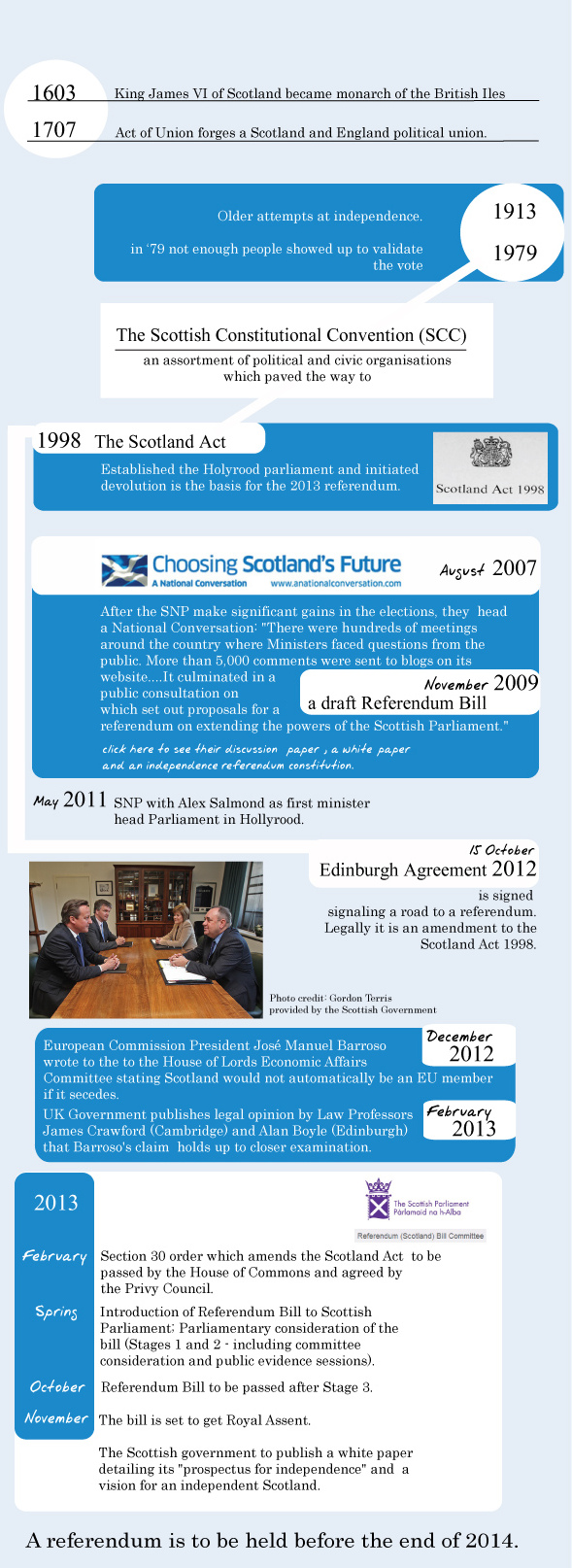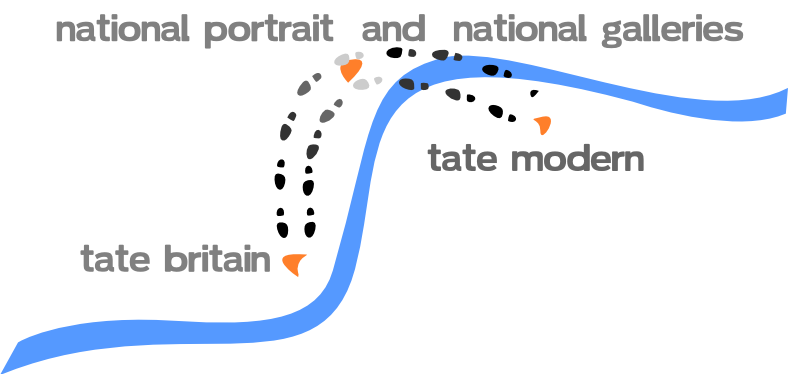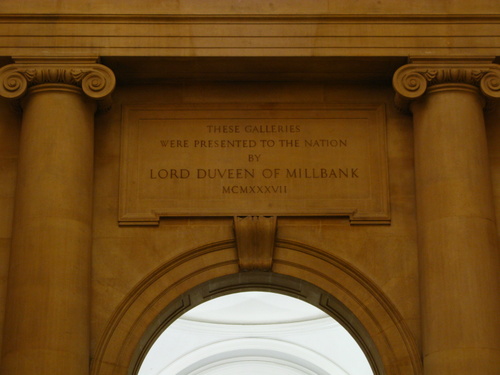As part of its call for contributions on art and ethnicity, the SEN web team is delighted to present a selection of articles related to the topic from SEN’s print issues.
We are pleased to present a preview of Adrienne Kochman’s “The Role of Ukrainian Museums in the United States Diaspora in Nationalising Ukrainian Identity” published in volume 8 issue 2 of SEN.
Article Abstract
Ukrainian museums in the United States diaspora have attempted to construct a culturally authentic history outside Ukraine itself where, for the better part of the twentieth century, Ukrainian artistic endeavors were defined within a russified Soviet framework. Established largely by third wave post-World War II Ukrainian immigrants interested in seeing an independent Ukraine, these museums have been a symbolic testament to democratic self-definition. A separate Ukraine pavilion at the Century of Progress Exposition in Chicago of 1933 set an earlier precedent in its representation of Ukraine as an autonomous nation. This affirmed later permanent museums which collected indigenous Ukrainian folk art and artifacts as well as modern art – created by native Ukrainians and those of the diaspora – in opposition to the official Soviet Socialist Realist canon. Ukrainian independence in 1991 and increased national awareness after 2004 elections realigned these museums’ mission from a cultural refuge to active participants in the new nation-building process.
Continue reading →




